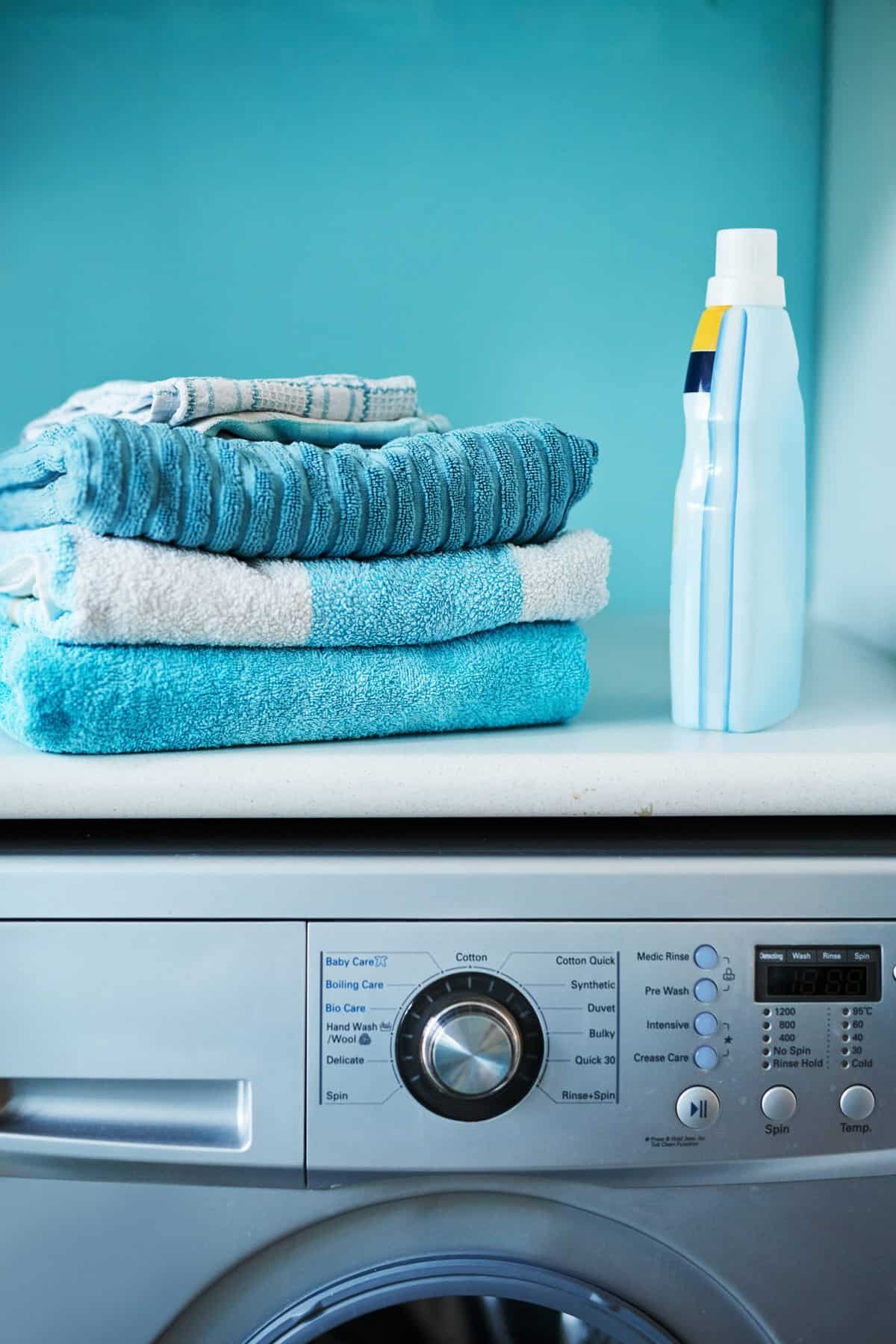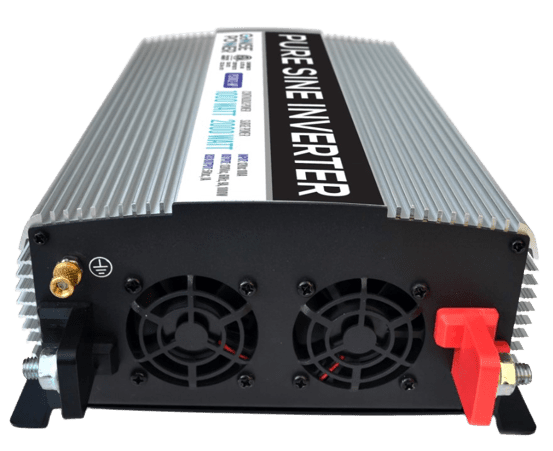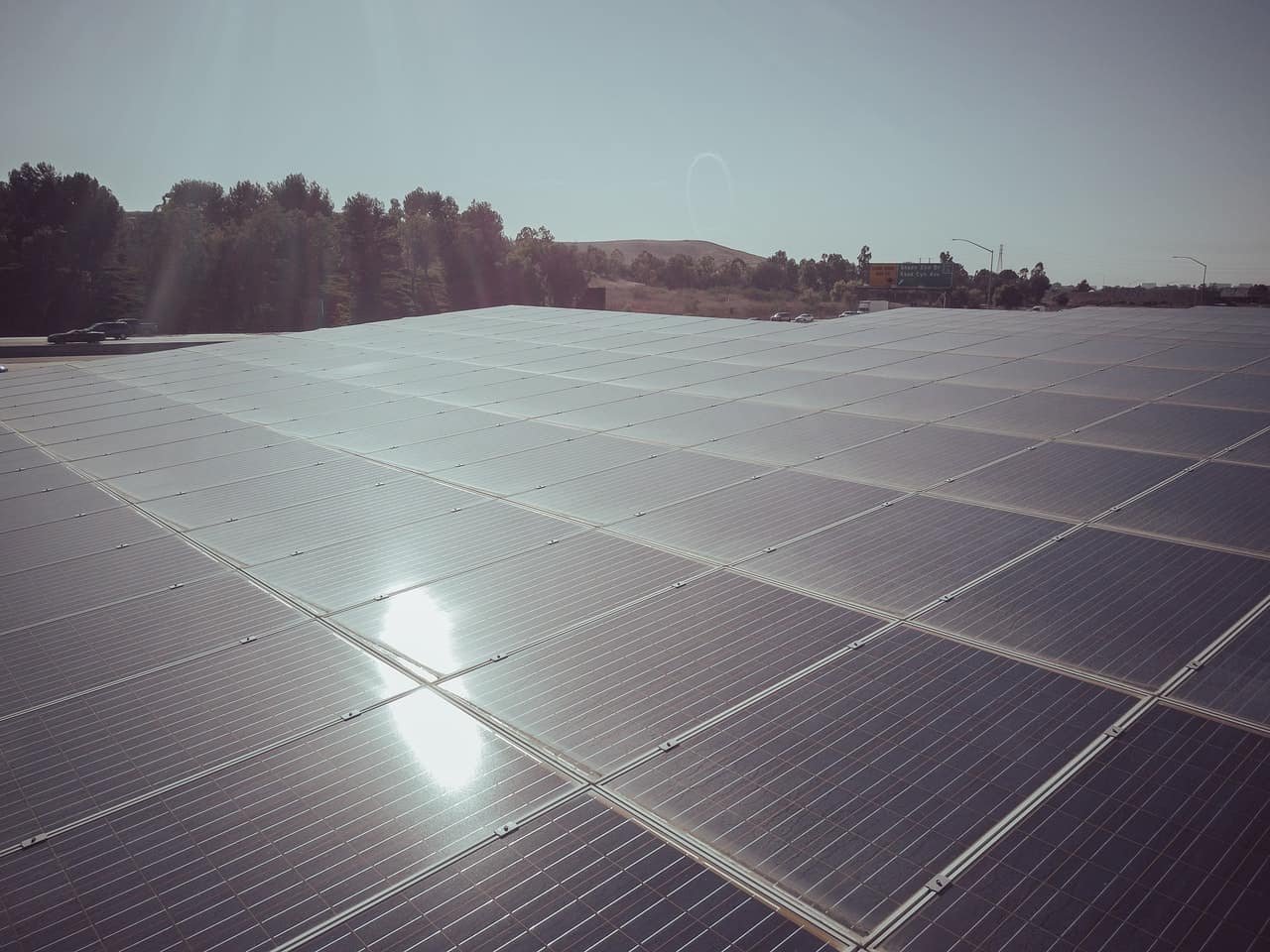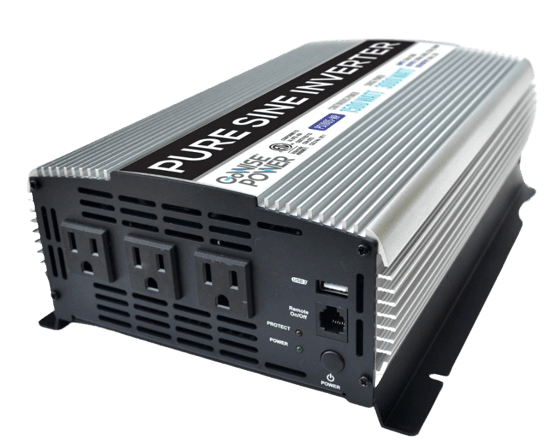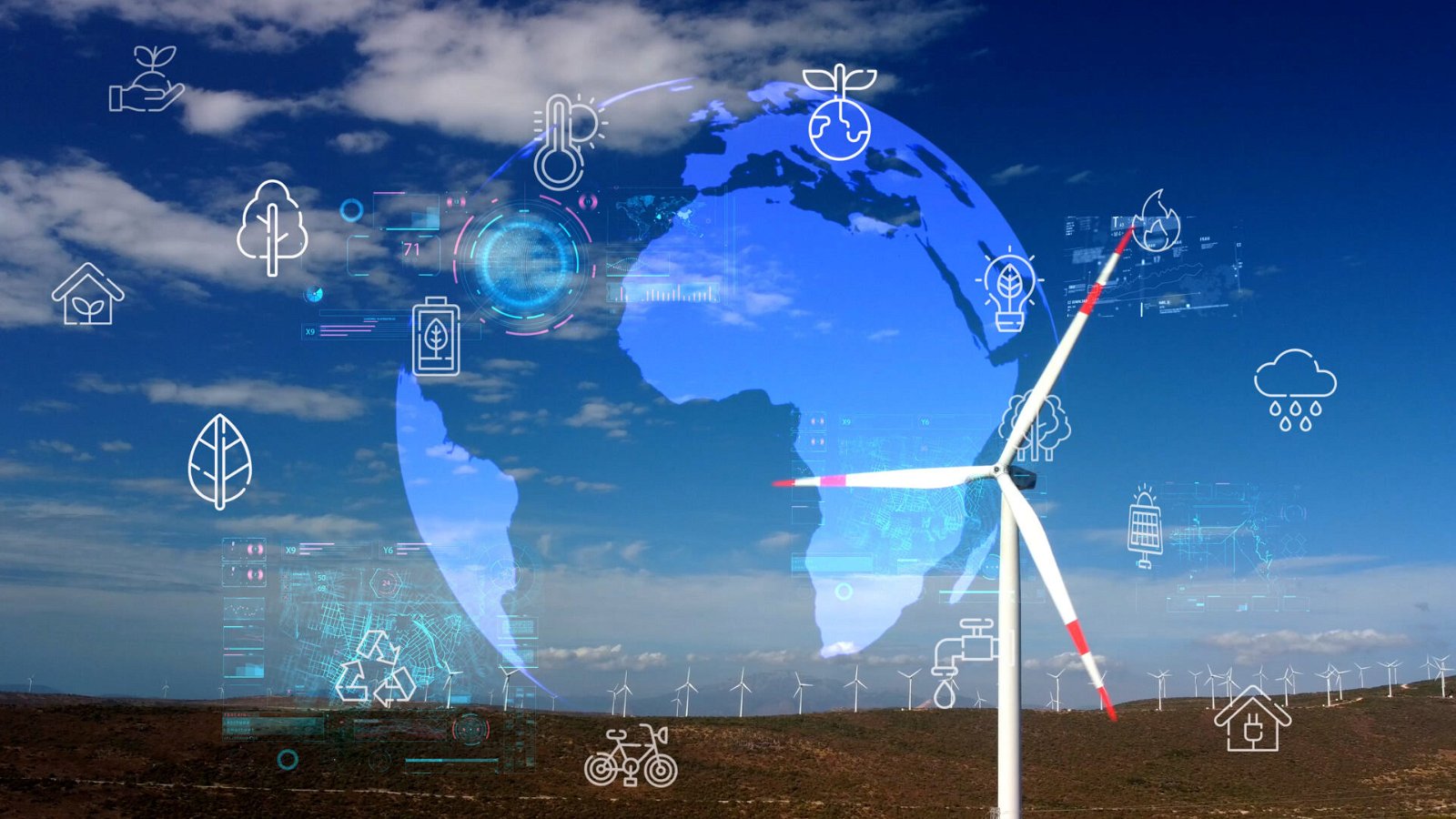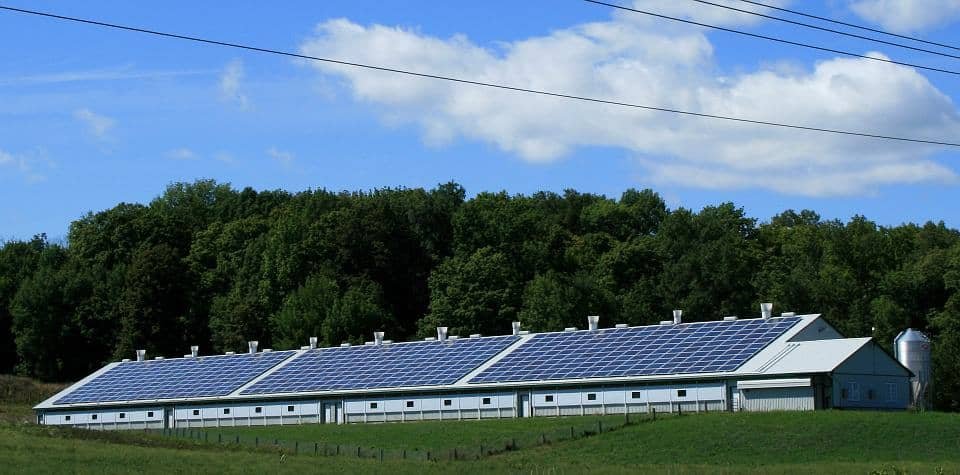With the rising cost of energy, you may notice that your utility bill starts to soar, even if you aren’t using it as much as you would traditionally. Unfortunately, this doesn’t look to be going down any time soon, as many of our clean energy options are also fairly costly or around the same price as fossil fuels and natural gas, including hydro power, geothermal power, biomass, and nuclear power.
With your savings soon to be decimated by your gaming system, it is time to start looking at energy-saving methods. Thankfully, there are many products, programs, and steps you can take to reduce your energy costs.
Here, we will answer a lot of common questions and information about energy savings to give you an idea of how you can continue to live in comfort while reducing the amount on your utility bill.
What is the Definition of Energy Efficiency?
Energy efficiency is defined as using less energy to provide the same technology or service via a device or appliance. Some of these switches are simple, such as going from one type of lightbulb, fluorescent lights, to LED lights. However, some may be more costly, such as switching out your refrigerators.
Can You Save Money with Energy Efficiency?
Energy efficiency can help you save money. Since energy-efficient appliances use less power, your utility bills also cost less.
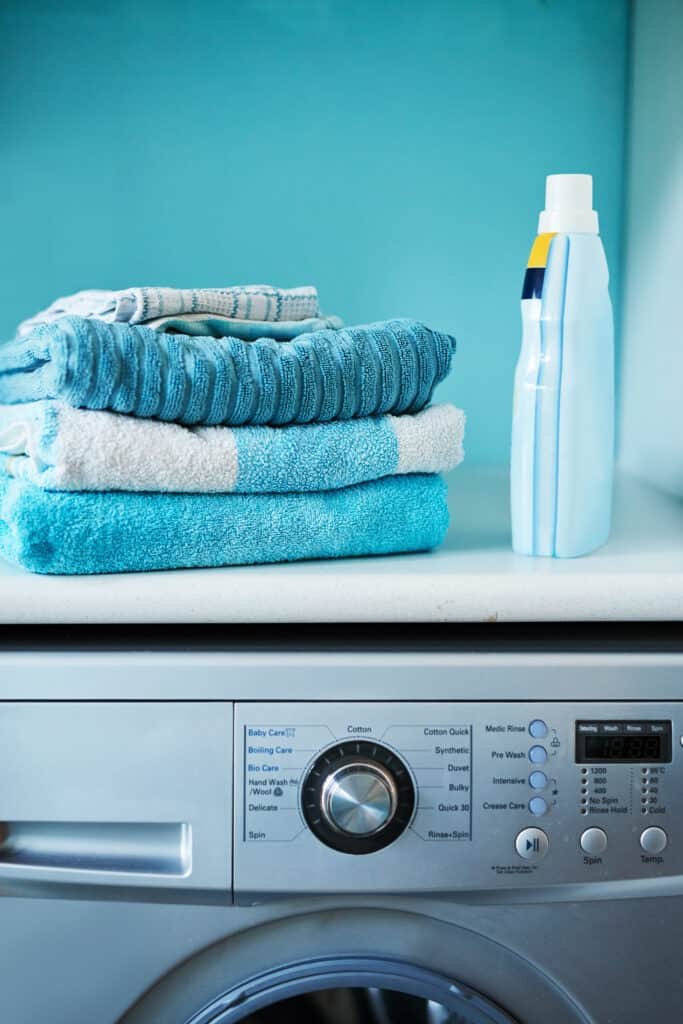
It isn’t just appliances that help either; insulation of your home and making updates to your windows so that heat and cold don’t escape as much is also a part of energy efficiency. Since the temperature of your home doesn’t change as much, you don’t have to run the furnace or the air conditioning nearly as much.
What are 4 Ways to Make Your Home More Energy-Efficient?
Thankfully, there are plenty of ways you can make your home more efficient. Between switching out appliances, improving the technology in your home, and getting smart devices, you can see a noticeable difference in your energy consumption and energy costs.
Insulation
Properly insulating your home is one of the best ways to reduce your energy usage. Many homeowners notice drafts or areas that just sit colder in their homes than anywhere else.
By insulating things like your windows, doors, and attics, or by finding a professional to do so for you, you can save a lot of electricity in your lifetime. The temperatures in your home will tend to stay more constant, so you don’t have to run the heating or cooling as often throughout the year to stay near an ideal temperature.
Upgrade Old House Parts
Unless the house was made in the last decade or so, you probably have an old furnace or water heater in your home. Old boilers are one of the biggest and most expensive technologies you can have in your home. Studies show that old and inefficient boilers can actually account for over half of your energy bill.
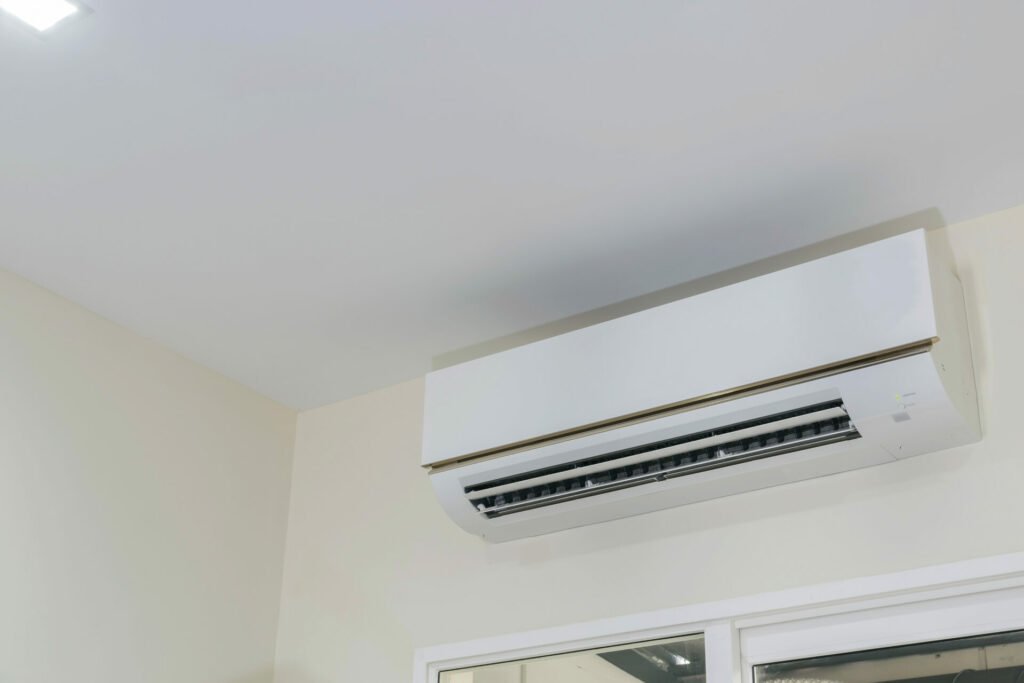
Constant upgrades to furnaces and boiler models and the motor inside are always increasing, improving energy use and performance. So if you think your house parts might be getting old, it could be time to look for something new.
Another thing to look at is ventilation. If your vents aren’t regularly cleaned, there can be things like a nest or a bunch of dust throughout your vents. This makes sure that your heating and cooling systems, if they are centralized, don’t have to work as hard to cool or heat your home.
Look to Solar or Wind for Power Offsets
If you can, finding ways to offset your energy with things like solar panels and wind turbines is a great way to save some money. An interesting fact about green and clean energy is that while it isn’t more energy-efficient, it uses clean energy that isn’t as harmful to the environment.
Additionally, after you buy the basic requirements, you don’t have any more payments. It is a big initial investment, as you have to look at purchasing a generator, batteries, fuel cells, an inverter, and possible things like a capacitor or a transformer.
You may even have to look at new roofing if your home’s roof isn’t up to date or compatible.
Thoroughly comb the laws in your state. Many states have policies that provide incentives or a program to help you get clean energy at a discount. Sometimes, you can even get potential tax relief benefits for certain types of clean energy.
Look by your zip code as well, as some cities or counties offer additional programs, rebates, and resources that the state doesn’t.
Related Article:
Find Small Ways You can Make a Difference
Not every difference has to be a major one, like replacing a big appliance or making sure you have a seal on every part of your home. They can be simple changes.
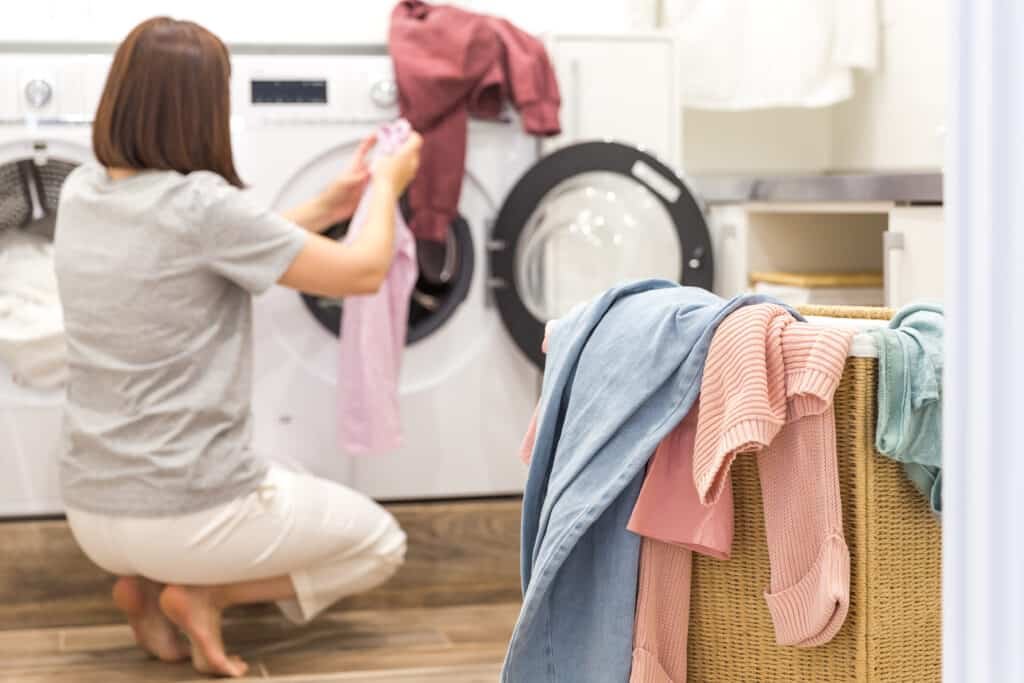
One example is changing the temperature of your thermostat. Even changing your thermostat by seven to ten degrees can save you ten percent of your energy costs. This means you may have to be a little warmer or a little cooler throughout the year, but with only a seven-degree difference, you likely won’t even notice it, and your heat pumps can take a break.
You can also keep your showers cooler. Running your water on full blast can increase your costs as you are paying both for water and heating. That also leads to reducing the amount of water you use. Try and take shorter showers. Make sure you are only running dishwashers when they are full.
The same goes for your clothes washer as well. If you don’t have a load-sensing washer, or you don’t change the settings on your product, you are going to be wasting a lot of water. Try running your washers on cold as well, to save on heating.
Additionally, your devices don’t have to be plugged in all the time. When you aren’t using the computers in your home, try to turn them off and unplug your power strip when it isn’t in use. This won’t change your bill by a lot, but it can knock down about ten percent of your energy costs per month.
Finally, look for energy-efficient items. When you think of energy-efficient items, you may think of big appliances like freezers and dryers. While those count, there are also small items that can help to reduce your costs and make your home a little more efficient.
What are Some Products you Can Buy?
Now, let’s look at the large variety of energy-efficient items there are out there.
Efficient Light Bulbs
The first is light bulbs. Switching to LEDs for your lighting can make a big difference to your home. Not only are they often brighter, but they are of higher quality, and they often last much longer. Fluorescent lights work as well, if that is your preference.
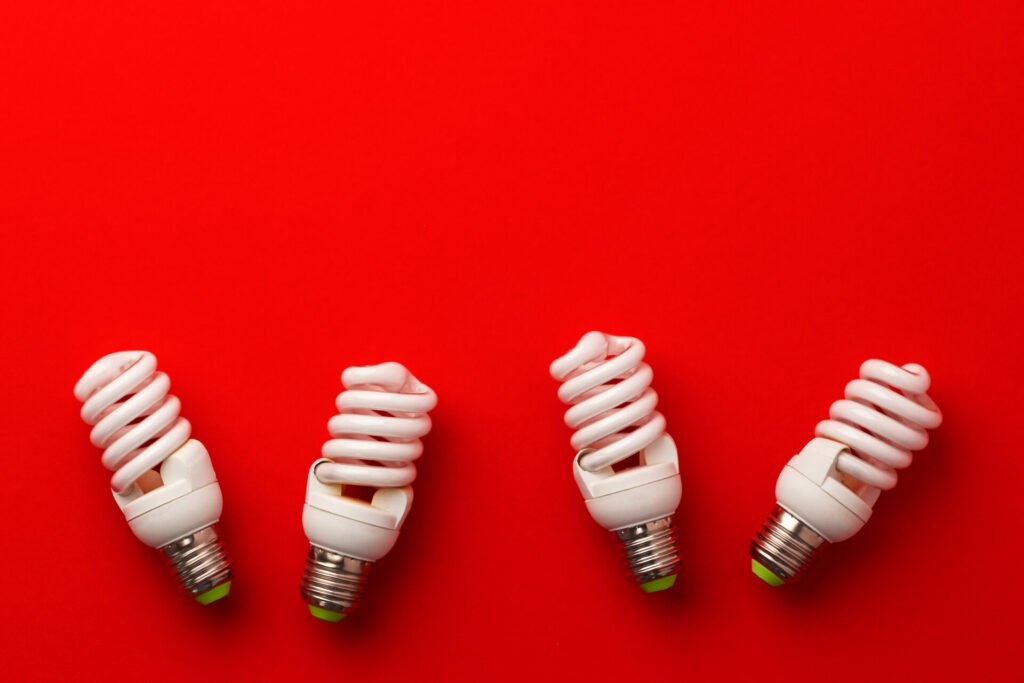
Advanced Power Strips
If you tend to forget to turn off your power strips and unplug things all the time, looking at an advanced power strip may help. They protect your devices from surges.
These strips are often broken up into three different outlets. These are the control outlet, the controlled outlets, and the always-on outlets.
The control outlet is often for your biggest device, like the computer or TV that you use a lot. It will sense when this item is on, and make sure all of your accessory devices like speakers, mouse and keyboard, monitors, and more are running at the same time.
It also makes sure that controlled outlets turn off when you turn off your device in the control outlet.
Finally, there is the always-on outlet. This is for things that you don’t want to turn off all the time, like a clothes dryer, internet router, or outdoor cameras.
A good rule of thumb is that if you have a big office set up, a fancy TV station, or are a gamer, this is a good option to have.
Smart Switches
Smart switches allow you to run your lights, fans, and anything else that uses a switch from a phone on your app. This can help to ensure that you turn off devices and lights before you leave.

Some of them can even allow you to control lights with a voice command or set up content so you can run everything on a timer when you are gone but don’t want people to know your home is empty.
Most of these switches involve connecting to electricity, so you may want to look for a business that offers these installation services and it isn’t a good idea if you are renting a home or apartment unit.
Appliances
Energy-efficient appliances are currently big in the industry. They will often have an energy star label on them to make sure the consumers understand without assistance what energy-efficient options there are.
The most common options are, of course, washers and dryers, but there are also:
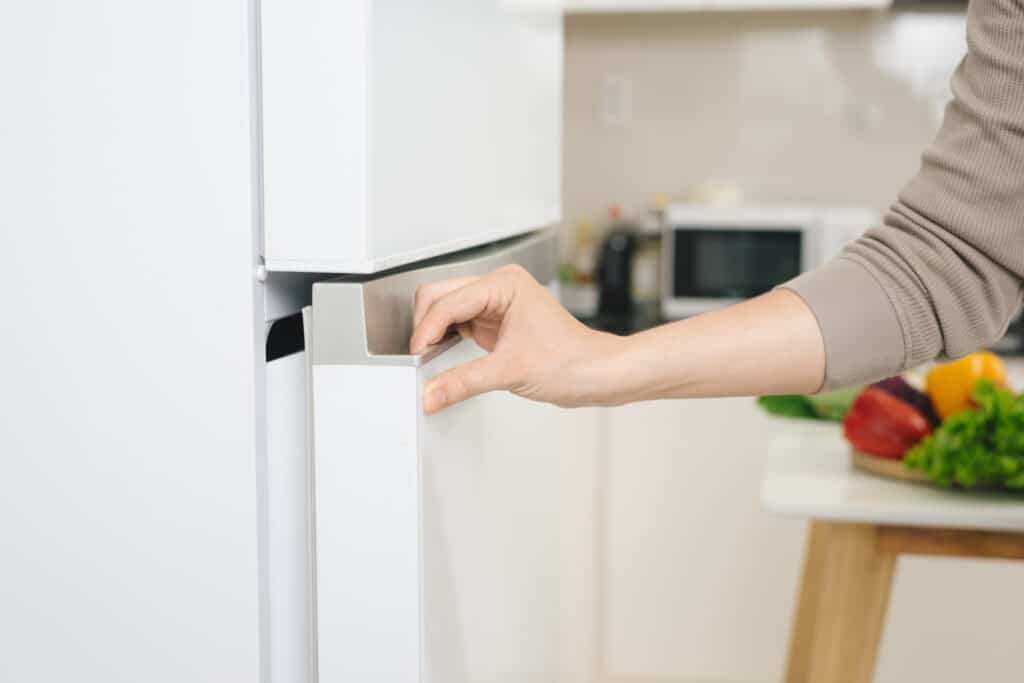
- Refrigerators
- Dishwashers
- Air conditioners
- Water heaters
- Computers
- Stove
- Oven
- Businesses and industrial products such as fryers, griddles, pool pumps
- Power supplies
- Data Center equipment like storage and servers, and more
Building Products
Using tools and building equipment can make a whole house more energy-efficient. This includes insulation, but it can also be smart devices, pre-installing energy-efficient devices and smart devices, and using more efficient plumbing and heating and cooling systems.
Smart Thermostats
Another neat option that can be pre-installed into a home or added on later is a smart thermostat. These thermostats allow you to adjust your home’s temperature remotely via an app.
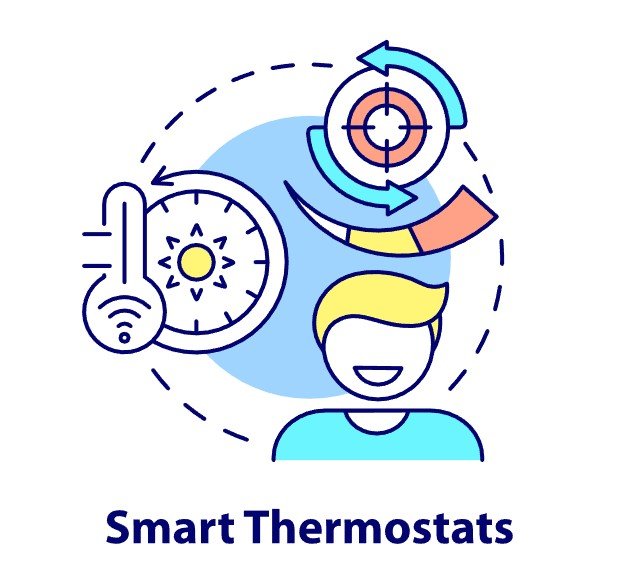
Not only can you make a general schedule, but you can make adjustments throughout the year and different schedules for different days of the week to suit your needs best. Plus, if you are gone from your house for a while and hear that a cold front is coming through, you can bump up your temperatures anywhere to make sure your pipes don’t freeze.
Energy-Efficient Plumbing
Changing things like your water heater and boiler are important, but so is stopping any leaks, drips, or adding insulation to your pipes. This can be hard to do for older homes, as it can often involve costly installation or even opening up your home for a while, but if you plan on staying in your house for a long time, it is well worth it in savings.
Energy Saving Apps
While many energy savings apps can be a scam, some of them are legitimate options. You can use apps to track your water, gas, and electricity usage month by month, so you can track savings or where you need to improve.
Some apps also offer energy tips to help you take smart steps to improve your home and even learn about energy-efficient devices you didn’t know about. Then, of course, there are all the apps that come with your smart devices, allowing you to control them remotely.
What to Keep in Mind when Buying Products that are Energy-Efficient?
There are two major things to keep in mind when buying energy-efficient products.
Physical Features
While thinking about aesthetics may seem silly when you are saving money, it can be important to sell the home later, or just make your home feel nice.
You also want to look at how the devices work. Is the dishwasher the right size for your home? Does the smart power strip have enough outlets? Does the smart light switch cover every feature you may need? These are important things to consider before making a purchase.
Otherwise, you may be unhappy with the choice, and could even use more energy than before if it isn’t a good fit.
ENERGY STAR Certification
Products that have ENERGY STAR certification are certified by the government and said to be very energy-efficient. Looking for this certificate on your products can help assure you that you are picking the right item and it isn’t a scam.
There are also plenty of devices that aren’t certified and still work well, but this adds a layer of security and assurance to your product.
What are the Pros and Cons of Being Energy-Efficient?
Pros
- Saves you money, most of the time, in the long run
- Often easy to do
- You can use small things like tea kettles and light bulbs
- Often a one-and-done thing
- Helps reduce greenhouse gas emissions and overall helps the environment
- Can reduce global warming
Cons
- Large upfront costs
- Sometimes switching to renewables can be more costly
- It may require a lifestyle change for some devices
- Can’t make big differences when renting
- There are a lot of illegitimate practices out there to scam people
FAQS
Are energy-efficient products worth the investment?
It comes as no shock to see that energy-efficient products usually have a high initial investment cost. It leads many to wonder if they are worth the investment.
With these products often lasting longer and using far less power, heat, and water, they can definitely be worth the investment in the long run.
What are some common misconceptions about energy efficiency?
One of the most common misconceptions is that solar panels are energy-efficient. While they do reduce your costs, all solar panels do is reduce your dependence on the energy grid. They don’t actually lower your energy usage. This can still be a good thing, but shouldn’t be confused with energy efficiency.
LED lights having to be replaced a lot is another misconception. LEDs are actually one of the longest-lasting bulbs, and also the most durable. They can last for about 25,000 hours instead of 10,000 or even 1,000 hours for other bulbs.
Finally, you have to make huge changes to be energy-efficient. You don’t have to completely gut your house and put in new windows or the best boiler. Simply upgrading your boiler to a new model when it is time to replace it is fine.
Additionally, adding caulk and insulation panels around windows can work just as well as replacing them fully, and is usually a lot cheaper. A bunch of small changes is just as good as one large change.
How can I find energy-efficient products near me?
ENERGY STAR itself has a website helping you to locate the exact energy-saving devices you are looking for. This makes it so you are ready to walk into any store knowing exactly what you want, or you can purchase them online.
